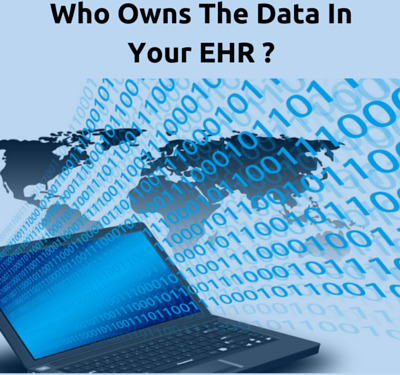The health IT landscape is changing at a rapid pace, and with this change there is critical work to be done to enhance data integrity and prevent unnecessary expense.
With the urgent need for telemedicine some vendors have had to change their course abruptly; some stayed the course but are working faster and harder to get their product to market.
Prior to the COVID-19 outbreak, there were physician practices in the middle of implementing new EHR systems.
These projects slowed down during the stay at home mandates, and hopefully project managers took that time to rethink implementation strategies and reengineer system configuration for the physicians’ upcoming workflow changes.
Researchers and data scientists, while still aggregating clinical data, have been forced to learn how to improve data accuracy and ultimately patient outcomes in a production environment.
No matter where you are in the health IT ecosystem during this birth of the new normal, there is one thing that everyone should be doing right now: It is absolutely imperative to clean up registration procedures.
Data that is stored in EHR, registration system, and ancillary systems is most likely dirty – and could well have a financial impact on health systems and physician practices.
A large group of physicians most likely uses different EHRs and registration systems across the healthcare system.
One registration system could have one field for "Street Address" where another could have "Address 1" and "Address 2" for "Street Address." This can cause an inconsistency in the address data and has caused mail to go to the wrong address.
Likewise, "Primary Care Physician" should be labeled correctly in the registration system. Data from the doctor table should be verified and adjusted as many times it is incorrect. Even if it is only the suite number that is incorrect, it still will cause snail mail to go to the wrong person.
This is where the expense begins:
- One of the more common HIPAA violations is sending PHI to the wrong patient/address. This includes snail mail, email, and faxing and it can be information regarding a patient sent to the wrong patient address or sending patient information to the wrong physician address, fax number, or email address. While this is considered an accidental HIPAA violation, there is a defined course of action which must be followed or there will be fines. There also could be fines if this violation is repeated.
- The second area negatively impacted by the wrong address is patient billing. If the information is sent to the wrong address the out-of-pocket fees will not get paid on time, if at all. The billing companies may fix the error in their system after the payment becomes overdue and goes into collections. Now, the problem is compounded: there is also a patient who is getting calls from collections and they did not receive the bill in the first place. The next time the patient visits the physician it is quite likely that the registration system will send the same bad address data and it will overwrite the billing company changes, causing mail to once again be sent to the wrong address.
When working with big data, small inconsistencies in data entry matter.
Leaving the task of cleaning up your registration or demographic data to your data scientists or IT staff will be expensive. This is most likely what is happening now prior to and during research projects.
The first step to fix this downward spiral of dirty data and financial drain is to take an export from each registration system the practice uses.
Each systems export should contain a large list of patients, addresses, and demographic data to expose the most frequent and most disruptive data entry errors.
Based on the output, education should be given, and educational materials should be documented and distributed making sure to leave a cheat sheet at each registration desk.
The last and most difficult step is monitoring the data after registration to ensure the new procedures are being adopted.
If data is intended for improvement activities or research, and if an IT team is available, it may be helpful to have a separate database at the core of the healthcare system or larger practice to take in, electronically scrub, and store a clean copy of data. Just remember: garbage in, garbage out.



 Your new post is loading...
Your new post is loading...










